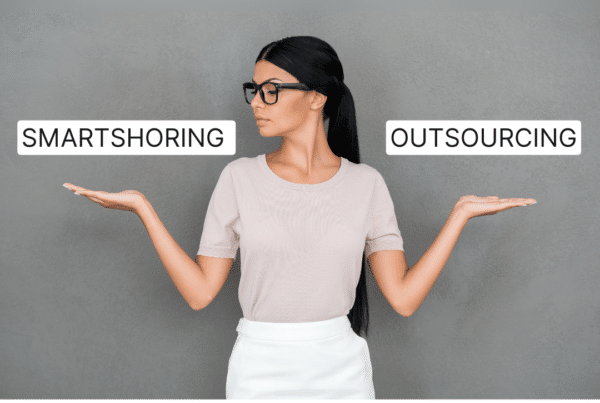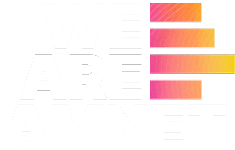The past ten years have seen considerable growth of the in-house agency:
- In 2008, 42% of Brands had some form of in-house agency compared to 64% today
- Whilst in 2013, 22% of companies were intending to bring media strategy and planning functions in house, today, it’s 36% of companies
(Ref IHAF)
This considerable expansion of internal agencies has led to talk of the possible disintermediation of traditional agencies. However, this could be considered an exaggeration. Rather than spelling the end of traditional agencies, the growth of in-house agencies serves to redefine the relationship between internal and external operations and services.
In-house agencies primarily focus on providing key services such as strategy, creative and creative production across all media channels. In addition to marketers such as Intel and CNN who have operated with successful internal agencies for a number of years, there have been a number of new companies experimenting with the in-house model including Barclay Card, Foxtel and Verizon.
Barclay Card’s Marketing Director, Alex Naylor, recently said “Barclaycard has been forced to become a “digital business”, requiring a more personalised approach to marketing and a “very different production model to the one we’re used to. ” The starting point is: what can we do in-house? That is a big mindset shift. Inevitably, that has consequences for the agency support we require,” he said, but adding that agencies offering “best-in-class creative support” or specialist skills in areas such as technology are still required.
Furthermore, Ford has expanded its in-house services with 100 new positions dedicated to brand design, media tools, technologies and customer experience, however WPP does remain on Ford’s roster and the relationship continues to evolve. Sheryl Connelley of Ford, stated “The new in-house agency model is expected to save $150 million annual in efficiencies, with an “increased focus on emerging advertising tools and technology to create more personalized brand marketing,”
In 2008, cost and speed were the two primary motives cited by companies for establishing in-house agencies. Whilst cost and speed remain hallmarks for the in-house model, increased advantages for internal agencies stem from their bespoke knowledge of the brand. The benefits of internal agencies can be categorised into three key areas:
- Strategy: institutional and brand-specific knowledge
- Creative: seamless integration and greater consistency in message and positioning
- Media Planning: significant cost savings and greater control
Belinda Smith, director of global media activation at Electronic Arts, said in a statement that handling programmatic duties in-house allows for “greater control over campaigns” in terms of how they are “set up, managed and measured.”
The in-house agency model is still in it’s infancy with, with 90% of companies intending to continue to work with external agencies, however agencies need to prepare for change and provide integrated services, greater commercial flexibility and increased value, through technology and seamless mobilisation and execution.
To find out more about how We Are Amnet can support your in-house agency operations, please contact us at hello@weareamnet.com






